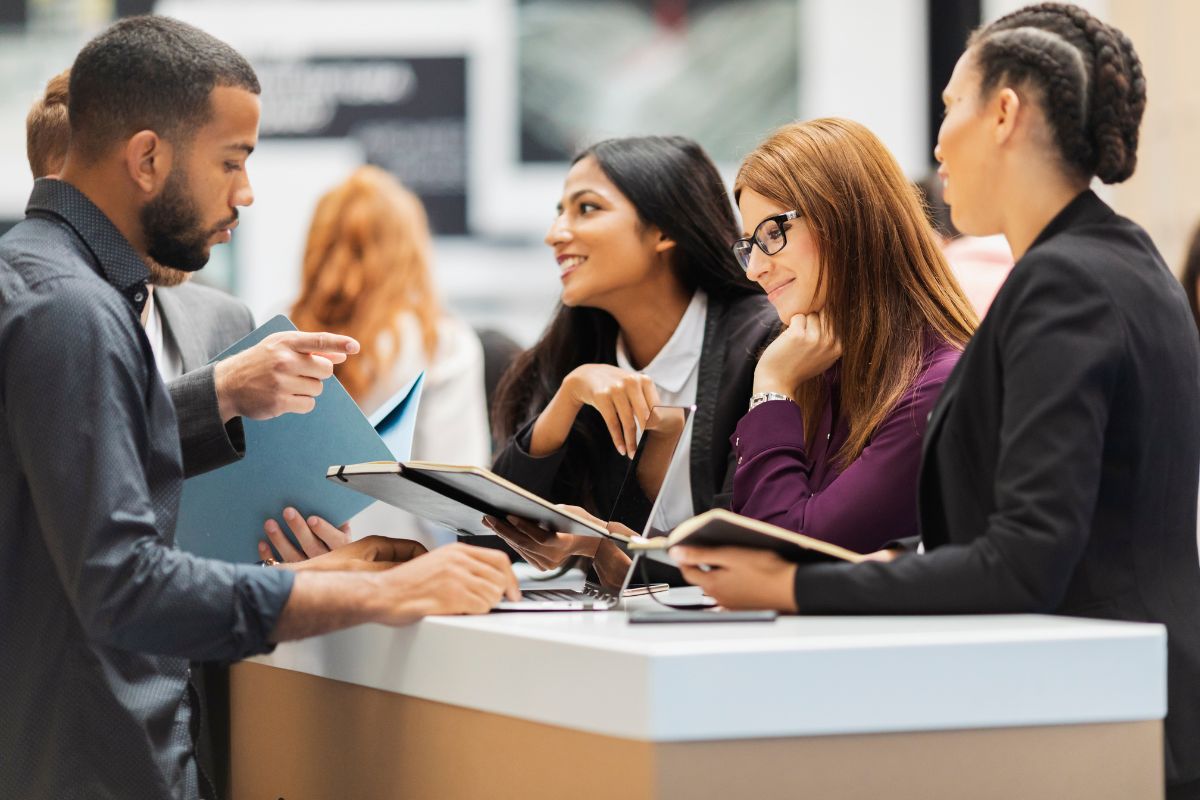Craft an Immersive Atmosphere: The Power of Event Design

Transform your event space into an immersive experience that captivates and inspires. This guide delves into the profound impact of event design, exploring how elements like lighting, décor, and layout can shape the attendee journey, foster connection, and create a lasting impression.
The Power of Event Design: Creating an Atmosphere that Inspires
Event design is more than just aesthetics; it's about strategically crafting an environment that aligns with your event's objectives and enhances the attendee experience. It's about using lighting, décor, layout, and other design elements to create a specific mood, foster connection, and communicate your event's message. A well-designed event space can transform a passive audience into active participants, creating a memorable and immersive experience that resonates long after the event concludes.
Why is Event Design So Important?
- Sets the Mood and Atmosphere: Lighting, décor, and music create the desired ambiance and emotional tone.
- Enhances Brand Messaging: Design elements can reinforce your event's brand identity and key messages.
- Improves Attendee Flow and Navigation: A well-planned layout facilitates smooth movement and easy access to different areas.
- Creates Photo Opportunities and Shareable Moments: Visually appealing design elements encourage social media sharing and generate buzz.
- Maximizes Space Utilization: Strategic design optimizes the use of available space, creating functional and aesthetically pleasing areas.
- Elevates the Overall Experience: A thoughtfully designed environment enhances the overall attendee experience and creates a lasting impression.
Key Elements of Event Design: A Practical Guide
- Event Theme and Concept: Develop a strong theme that guides your design choices and creates a cohesive experience. Explore our Event Theme/Concept Brainstorming Generator.
- Layout and Flow: Design a functional and aesthetically pleasing layout that facilitates smooth attendee movement and maximizes space utilization.
- Lighting: Use lighting to create the desired mood, highlight key areas, and enhance the visual appeal of your décor.
- Décor and Styling: Choose décor elements that align with your event theme and create a visually engaging environment.
- Branding and Signage: Incorporate your event branding and clear signage to reinforce your message and guide attendees. Our Event Branding and Messaging Guidelines Generator can assist.
- Furniture and Seating: Select furniture and seating arrangements that are comfortable, functional, and aesthetically pleasing.
- Technology Integration: Integrate technology seamlessly into your design, such as interactive displays, charging stations, and digital signage.
- Accessibility: Ensure your event design is accessible to all attendees, including those with disabilities. Our Event Accessibility Statement Generator can help.
Creating an Immersive Atmosphere: Design Tips
- Sensory Experience: Consider all five senses when designing your event space – sight, sound, smell, taste, and touch.
- Focal Points: Create visual focal points to draw attention and enhance the overall aesthetic.
- Color Psychology: Use color strategically to evoke specific emotions and create the desired mood.
- Natural Elements: Incorporate natural elements, such as plants and natural light, to create a more welcoming and relaxing atmosphere.
- Sustainable Design: Prioritize sustainable design practices to minimize your event's environmental impact. Explore our Event Sustainability Pledge Generator.
Measuring the Impact of Event Design
- Attendee Feedback: Gather feedback on the event atmosphere and design elements through surveys and post-event evaluations. Use our Post-Event Attendee Satisfaction Survey Generator for valuable insights.
- Social Media Engagement: Monitor social media mentions, photo sharing, and online conversations related to your event design.
- Photo and Video Documentation: Capture high-quality photos and videos of your event design to showcase its impact and attract future attendees.
- Attendance Rates and Ticket Sales: Track attendance figures and ticket sales to measure the effectiveness of your event design in attracting attendees.

Event Design: Shaping the Attendee Journey
Event design is a powerful tool for creating immersive and memorable experiences. By strategically using design elements, you can shape the attendee journey, foster connection, and leave a lasting positive impression.
Designing Inspiring Events: Taking Your Strategy Further
Ready to transform your event space into an inspiring and engaging environment? Explore eventmice.com for free and discover a suite of powerful tools to enhance your event design and planning efforts! For further design inspiration and expert advice, visit the Special Events website.


